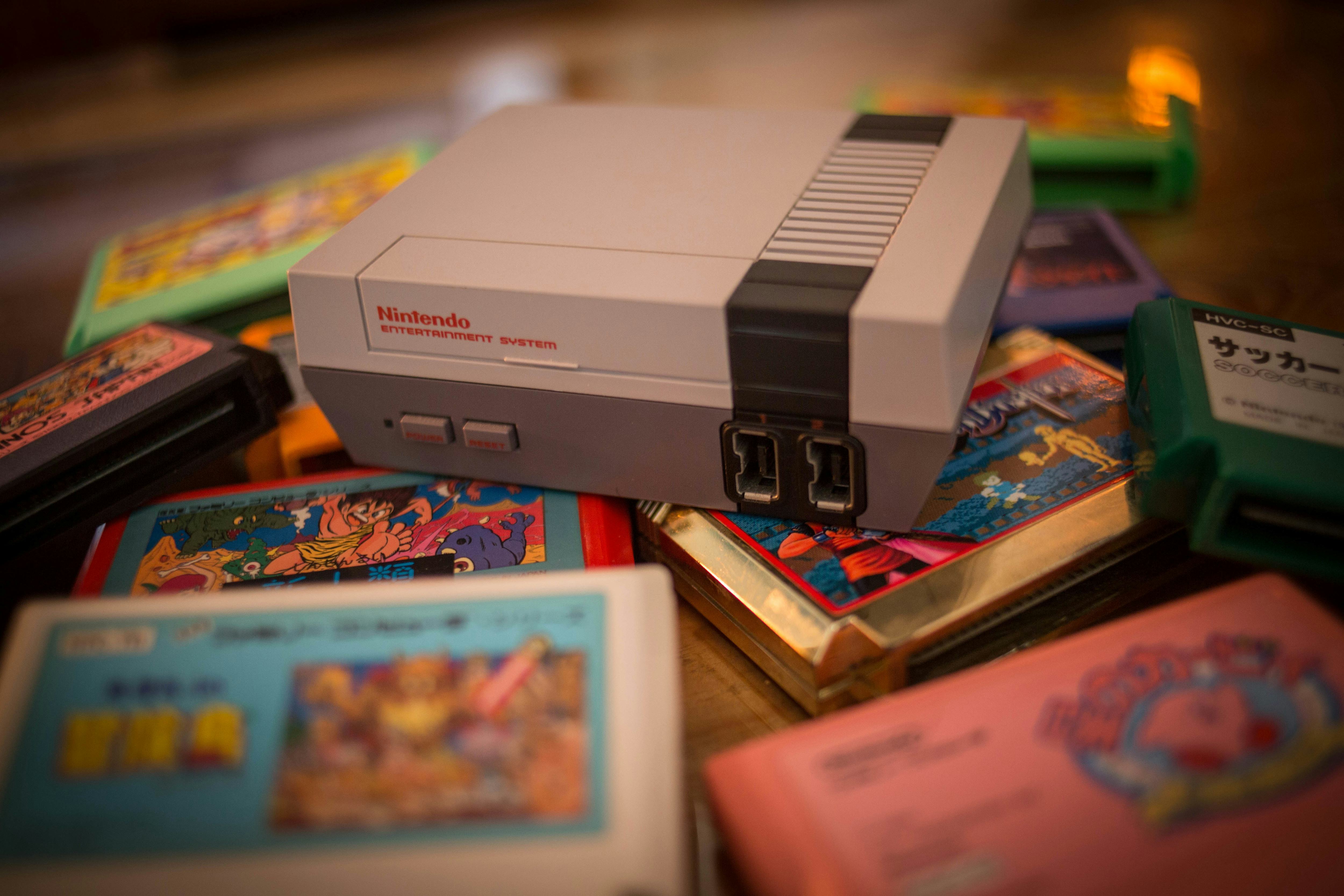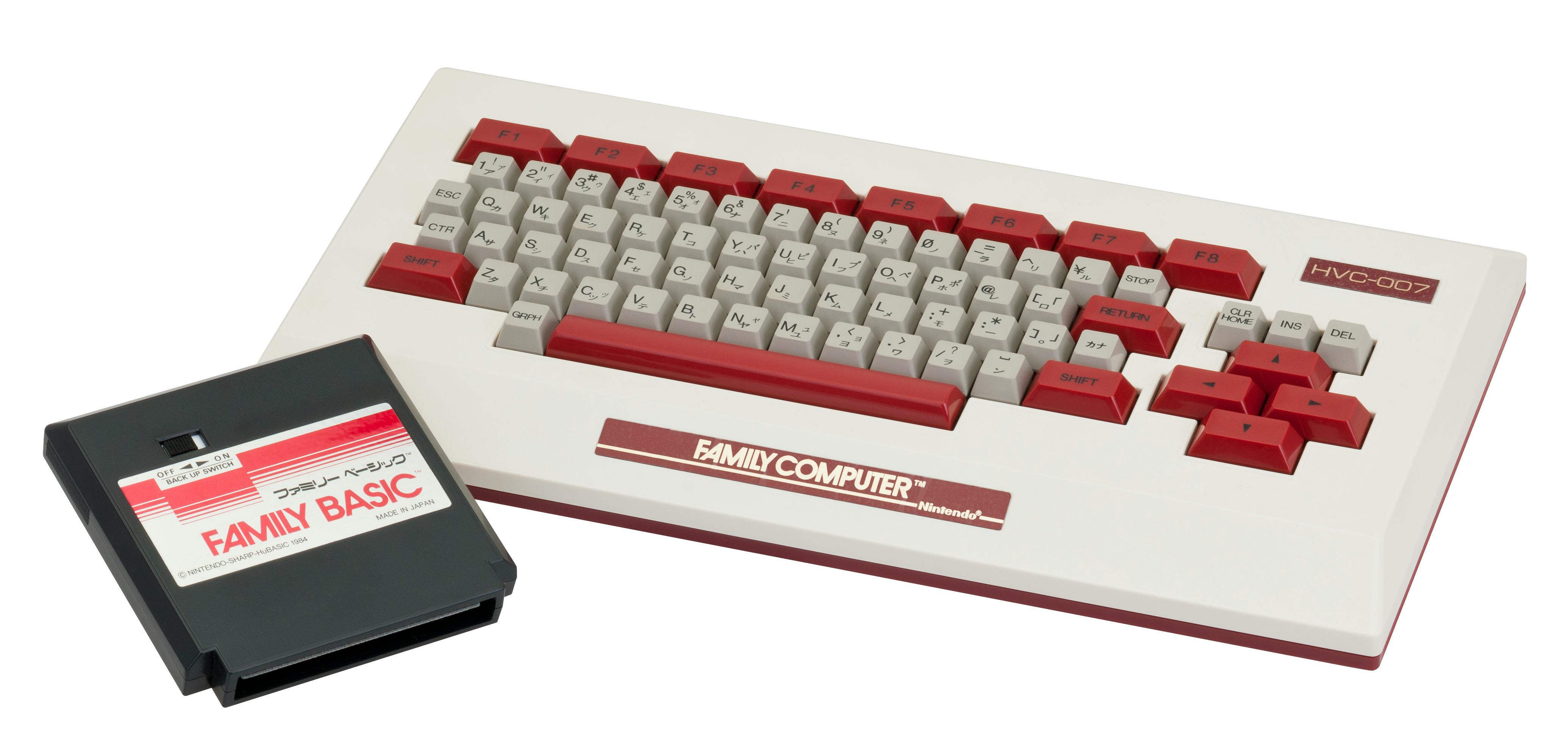
These days, Nintendo is synonymous with video games, and it’s hard to imagine the medium without Mario and The Legend of Zelda. But that wasn’t always the case. Nintendo emerged into gaming after the large-scale recession known as the video game crash of 1983. It’s not an overstatement to say that Nintendo “saved” video games with the release of the NES (Nintendo Entertainment System) in 1985. But before that, the console took a surprisingly different shape.
Each January, CES gives a glimpse of the future of electronics, and video games have long played a part in that. (Fun fact: the summer gaming convention E3 is a spinoff of CES.) In 1983, Nintendo released the Famicom in Japan, and the company entered into negotiations with Atari to bring the console to Western markets. Originally, the Famicom was going to be brought West as the Nintendo Advanced Video Gaming System, and it was shown off only once at CES in 1985.
As you can see in the Tweet above from The Game Awards, this chunky box looked quite a bit different from what would become the NES. The AVS seemed revolutionary for the time, including a keyboard, handheld joystick, light wand, and even a cassette player. Even more surprisingly, the controllers were wireless, an absolute marvel for the time.
The AVS was much more of a “computer” than a straight-up game console, as Nintendo initially thought American consumers would want something more tech-focused. Famicom is a shortened version of “family computer,” so it makes sense that Nintendo would want to continue developing that concept. This lines up with Nintendo’s release of Family Basic for the Famicom, a computer-style keyboard that could save user-generated BASIC programs using cassettes.

Production on that kind of system would obviously be quite an undertaking, and while details of the partnership between Atari and Nintendo are sparse, the deal eventually fell through. Response to the AVS was reportedly quite lukewarm, as many consumers were still feeling the effects of the video game crash.
It didn’t take Nintendo long to scrap plans for the AVS, as later in 1985 Nintendo started releasing the NES we know and love to select markets. It then debuted the new system at CES again in 1986, before a full release. This system featured a front-loading cartridge system and was highlighted by a wealth of first-party software from Nintendo, including Super Mario Bros., Excitebike, Ice Climber, Wrecking Crew, and more.
Part of the brilliance of the NES was how Nintendo marketed it as an “entertainment system” rather than a “video game system.” This integrally let Nintendo separate itself from the system that launched before and during the crash, and let the company have more traction in selling the system in toy stores.
There’s been a wealth of retrospectives and reporting over the years about how the NES saved the game industry, like in this report from Ars Technica, and it’s hard to imagine what the gaming landscape would look like today if Nintendo had released something besides the NES. Would the AVS have revitalized gaming in the same way?
Some of the features of the AVS would translate into different peripherals for the NES, such as the infamous Zapper lightgun and the Turbotronic arcade-style joystick. What’s really fascinating about the AVS, however, is how it seems so indicative of a fundamental truth about the industry then and now — a failure can lead to remarkable success.







